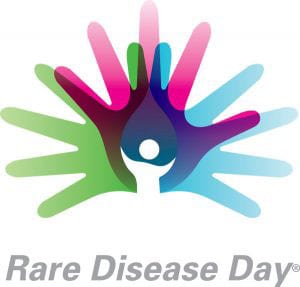Patients are advised to look for and report symptoms of a mysterious liver disease that has recently caused the death of three Indonesian children.
Newsmax’s most up-to-date reports state that approximately 170 children in eleven countries have received a diagnosis of acute hepatitis of unknown origin. Typical symptoms have been vomiting, nausea, diarrhea, and abdominal pain. These common symptoms appear first and are followed by inflammation.
India’s Health Ministry has opened an investigation into the cause of the deaths of the three children who displayed symptoms that included jaundice, convulsions, fever, and loss of consciousness. Other symptoms were fatigue, dark urine, no appetite, joint pain, and pale-colored stools.
The investigators are running a full panel of virus tests. Parents have been urged to take their children to the hospital if they show any of the aforementioned symptoms.
New Cases in Great Britain
Great Britain reports a significant increase in acute hepatitis cases. The affected children had been healthy prior to getting the liver infection. The WHO reported new cases in Spain, Israel, Ireland, and Denmark.
More recently, the United States Disease Control Centers reported a study of nine children in Alabama who tested positive for the disease-causing adenovirus 41. This pathogen has been known to cause inflammation of the lining of the intestines (gastroenteritis) in children.
Although gastroenteritis is one of America’s most common illnesses, according to the CDC, it has not been known to cause hepatitis in healthy children. Fortunately, no lives were lost due to the hepatitis outbreak in Alabama.
On the contrary, Wisconsin’s Health Services Department reported four cases of acute hepatitis. Two children had serious outcomes. One child received a liver transplant and the other child died. The WHO reports that so far this year, over one dozen children required liver transplants worldwide. The origin of the disease has yet to be determined.
The affected children ranged in age from one month to sixteen years. The WHO reported 169 cases of which ten percent required liver transplants. The Wisconsin case that resulted in death is under investigation. If confirmed, this would be the first case in the United States that is linked to the illness.
The Washington Post recently reported that the WHO is studying adenoviruses that are known to cause a range of illnesses. They may even be responsible for the common cold.
When and Where Did It Begin
The first cases were identified at a hospital in Alabama in October 2021. Five children were admitted to the hospital with liver damage. The origin was unknown. This year ten cases were reported in Scotland. By April 21st, 169 children were found to have been infected. At that time the majority (n114) were in Great Britain. Additionally, cases were identified in Israel, Spain, Denmark, the Netherlands, Ireland, Norway, Italy, Romania, France, and Belgium.
The U.S. CDC issued a nationwide alert. By the end of April, five additional states reported confirmed cases. More cases were to follow.
The Cause of the Outbreak
A viral organism is most likely the cause of the disease since the cases are found in clusters. However, that does not give the experts the answer they need, specifically, which virus it is?
According to the WHO, the adenovirus was found in approximately seventy-four children. This translates to over forty percent of all cases. One strain, F type 41, was identified in eighteen cases. This only adds additional confusion because adenoviruses usually resolve independently and have not shown such severity as we have seen in these affected children.
COVID-19 adds an additional layer to the mystery as some children were infected with the same coronavirus that results in Covid-19. The officials in the U.S., however, do not see a connection with Covid as the Alabama patients initially tested negative with no previous history of infection. Most of the infected children had not received the Covid vaccine.
Countries that have experienced an outbreak have improved surveillance and increased testing.
There are over fifty types of viruses that may infect humans. Although the adenovirus had been detected, to date it has not been found to result in hepatitis in healthy children.
The WHO suggests the possibility that severe hepatitis has always been there. That until now, with the advent of new sophisticated detection methods, it simply had not been identified.
Another thought is that infections have recently been increasing after the low levels of the Covid outbreak. This would have the potential to make young children more at risk. Yet the WHO had another theory and that is the possibility of a new and novel adenovirus. This is another avenue to investigate.







